 Green Infrastructure & Living Shorelines
Green Infrastructure & Living Shorelines
Projects Related to Green Infrastructure & Living Shorelines
CIRCA has directly supported projects focused on the planning or implementation of Green Infrastructure and Living Shorelines applications at a local or regional scale across the State of Connecticut. The reports, documents, and presentations pertaining to these project can provide site-specific information valuable to communities considering these forms of erosion control alternatives. Many of the projects listed were funded through the CIRCA Municipal Grants or Matching Fund programs.

Fenwick – Hepburn Dune and Marsh Preservation Project
The Hepburn Dune and Marsh Preservation Project implements living shoreline strategies at a site on the coast of Long Island Sound, located just east of the Katherine Hepburn Estate in the Old Saybrook Borough of Fenwick.
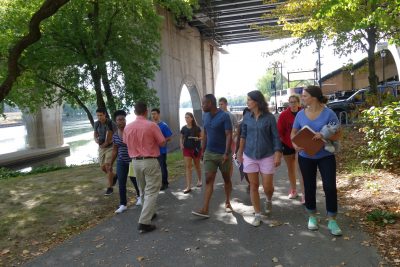
Hartford – Green Infrastructure Specialist for a More Resilient and Sustainable Future
The City of Hartford received grant assistance from CIRCA to hire a Green Infrastructure Specialist for 12 months. This position will assist the City of Hartford with its rigorous, comprehensive climate resiliency effort – the Climate Stewardship Initiative (CSI) – which aims to improve quality of life through environmental stewardship, while advancing the economy, improving public health, and promoting social equity.

MetroCOG – Beardsley Zoo Green Infrastructure Project
The Connecticut Metropolitan Council of Government’s (MetroCOG) Beardsley Zoo Green Infrastructure Project is a highly visible green infrastructure retrofit at the zoo located along the Pequonnock River in Bridgeport.
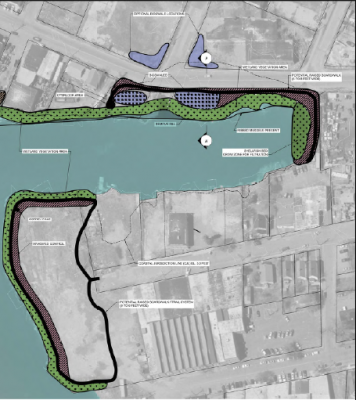
MetroCOG – Designing Resilience: Living Shorelines for Bridgeport
The Connecticut Metropolitan Council of Governments (MetroCOG), in partnership with the City of Bridgeport and The Nature Conservancy (TNC) is developing preliminary, semi-final and final design plans for a living shoreline project at Bridgeport’s West Johnson Creek.
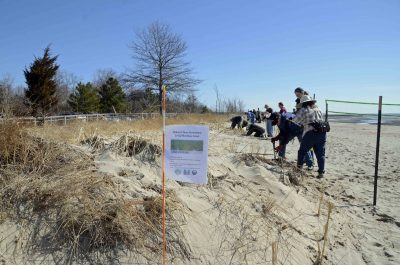
Milford – Developing and Implementing a Restoration and Management Plan to Combat Threats and Challenges to Coastal Dune Resiliency in Urban Landscapes
With 17.5 miles of coast, the City of Milford has the longest shoreline in Connecticut. This coastline was severely impacted in both storms Irene and Sandy. To address storm impacts, the city proposed restoring a degraded dune in a high-traffic area and developing a plan for post-restoration dune management.
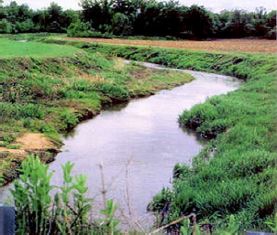
NHCOG – Building Municipal Resilience and Climate Adaptation through Low Impact Development
With flooding, erosion, and sedimentation becoming an increasing concern for Northwest Connecticut towns, the Northwest Conservation District supported by Northwest Hills Council of Governments staff, coordinated the creation of a Low Impact Sustainable Development (LISD) Design Manual.
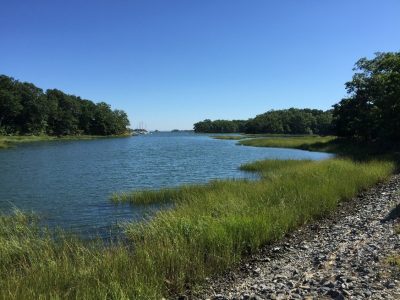
Norwalk Land Trust – The Village Creek Saltmarsh Restoration Demonstration
With flooding, erosion, and sedimentation becoming an increasing concern for Northwest Connecticut towns, the Northwest Conservation District supported by Northwest Hills Council of Governments staff, coordinated the creation of a Low Impact Sustainable Development (LISD) Design Manual.
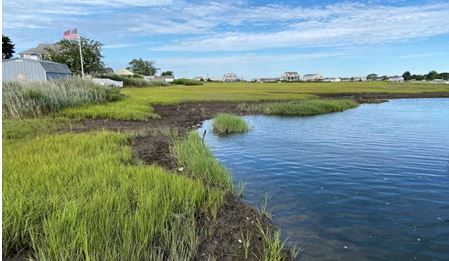
Old Saybrook: Back River Living Shoreline Marsh Shoreline Stabilization Project
The Back River Living Shoreline project includes the Conceptual Design (60% Plan Set) of proposed marsh shoreline stabilization and ecological restoration along an approximately 350-foot section along the south bank of the Back River within the Plum Bank Wildlife Marsh Area in Old Saybrook, Connecticut, using Natural and Nature-Based Features (NNBFs).
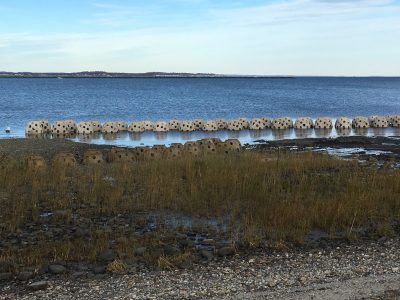
Stratford Point: Stratford Point Living Shoreline Project
Project Partners including Sacred Heart University, UCONN, and CIRCA are working on a living shoreline project at Stratford Point, Fairfield County, Connecticut. The Living Shoreline consists of an artificial reef, smooth cordgrass (Spartina alterniflora) marsh, high marsh, coastal dune and upland woody/grassland mosaics.On-going coastal restoration, monitoring, and research at the site are providing data and information supporting investigation into the design and performance of living shoreline applications.